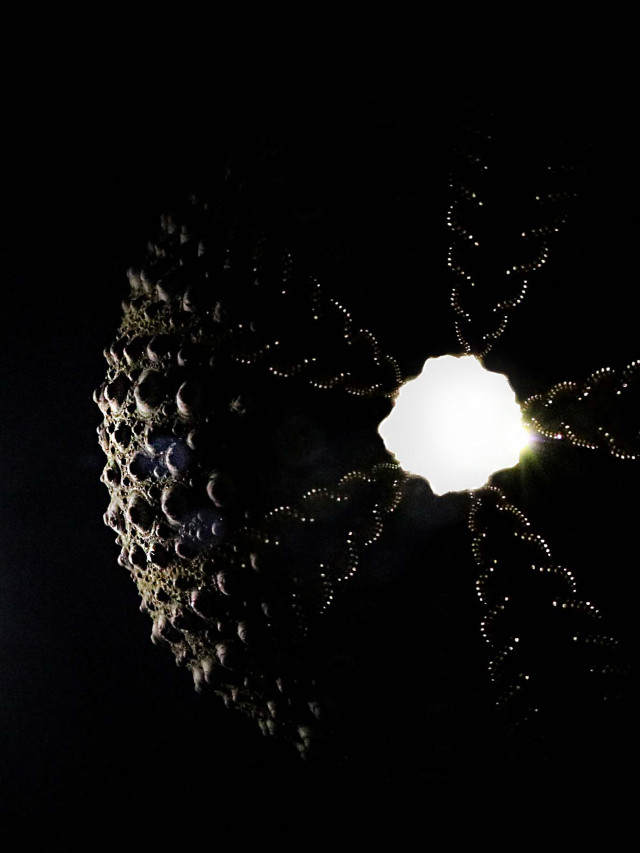
Best Caption & People's Choice - The Urchin’s Test: More Than A Grade
Description
A multi-million dollar fishery, the red sea urchin plays a vital role in Santa Barbara’s backyard. However, marine heatwaves, periods of unusually high seawater temperatures, often correspond with mass urchin mortality events. As a result, the urchins die leaving behind empty shells known as tests.
In Santa Barbara, there are many kelp forests where red sea urchins can graze on kelp all day. This helps build their gonads which are commonly eaten in restaurants as yummy uni, making the red sea urchin a lucrative fishing industry. Marine heatwaves (MHWs) may impact their gonad development, where quality is eyeballed by seasoned fishers and given a grade A, B, or C based on the quality. Furthermore, MHWs often trigger an increase of fatal diseases, where the urchin wastes and loses all spines, resulting in hollow shells. These shells were built by the urchin through an uptake of calcium carbonate and are commonly referred to as tests. By understanding how these urchins will be affected by MHWs in the wild, we can better tell their story to the public and to the impacted fisheries.










